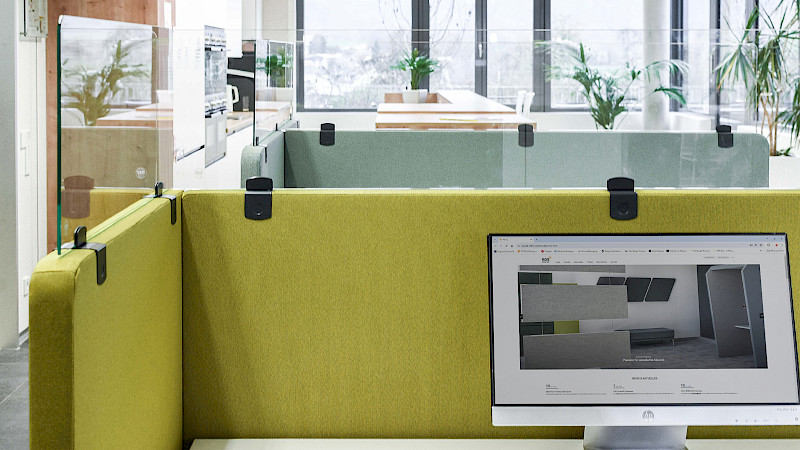Mental health conditions are among the most common causes of employee absence. Typical manifestations include depressive disorders or anxiety disorders. Cardiovascular diseases can also be a consequence of psychological strain.
At Risk Early On: While the likelihood of developing a musculoskeletal disorder increases with age, younger employees are already affected by mental health issues. In fact, younger staff may be particularly vulnerable, as they often lack the experience and resources to cope with specific challenges.
Workplace Stress
For more and more office workers, high workloads are a serious issue. 22.5% of employees feel overwhelmed by too many or overly complex tasks. In contrast, only 5.0% of employed people in Germany report feeling overchallenged in terms of skills.

Underload can also be a source of strain, as can a lack of appreciation, uncertainty caused by insufficient feedback, and contradictory instructions. Poor communication is another cause of stress.
The potential consequences of constant availability are increasingly in the public eye. In an international study, the research and consultancy firm Oxford Economics asked employees whether their supervisors expect them to be reachable outside of regular working hours. 46% of respondents answered “yes”. Among the surveyed managers, however, only 26% admitted to having such expectations of their staff.
The German Association for Occupational Science calls for humane work tasks. This is achieved when tasks do not impair physical or mental health, wellbeing or performance, when they match the worker’s skills, and when they enable individuals to develop their own potential and capabilities.
Source: Federal Institute for Occupational Safety and Health (BAuA): Mental Health
Health-Promoting Working Conditions
Starting points for psychosocial design in the workplace can be found at the level of individuals, tasks, and organisational structures.
INDIVIDUALS
Motivation and the ability to learn are key here. Motivation can be triggered by varied demands, holistic tasks, and the delegation of responsibilities that are perceived as meaningful. Autonomous work design – particularly the ability to choose when and where to work – is also high on employees’ wish lists. Personal feedback and supportive leadership further promote development.
TASKS
Focus areas include how tasks are structured, autonomy in carrying them out, and the variety of demands. Another important factor is task completeness. Tasks are considered complete when they include planning, execution, and evaluation (including feedback). Individual differences must be taken into account, as the same task can overchallenge one person and underchallenge another.
Organisation
Teamwork and leadership are key aspects of psychosocial workplace design. As office work usually depends on collaboration, team dynamics play a fundamental role. Four dimensions of team climate offer design potential:
- Shared goals
- Task orientation
- Safety
- Mutual support
In terms of leadership, employee-centred and task-oriented approaches are both essential. Task orientation here refers to the clear definition of goals and roles within the team.
A major challenge for many organisations and their leaders is dealing with uncertainty. In complex environments, it is often unclear how a project will unfold, and plans can only be made incrementally. Flexible work arrangements in terms of time and place also require a high level of trust.
WORK ENVIRONMENT
Strain can also arise from the physical environment. Concentration is difficult if one is constantly distracted by conversations or ringing phones. Likewise, anyone working at a visibly substandard workstation is unlikely to feel valued by their employer.
For inspiration on attractive and functional workspaces, visit the IBA Forum showrooms.





